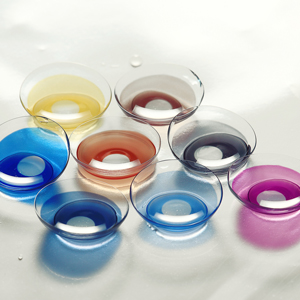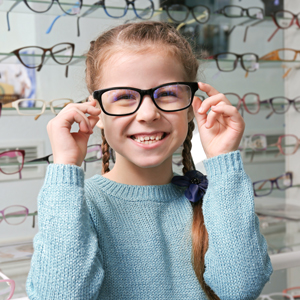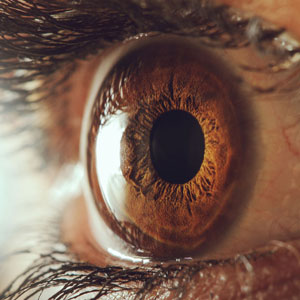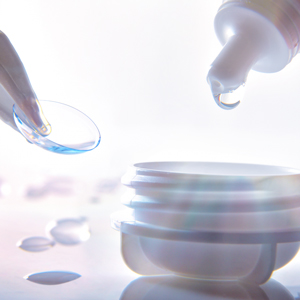Valeda LDS for Treatment of Dry AMD
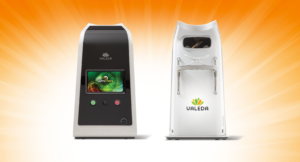
Dry age-related macular degeneration (AMD) is a progressive ocular condition leading to a reduction in vision over a period of time. Valeda Light Delivery System (LDS) is the first approved treatment for dry AMD using photobiomodulation (PBM). Photobiomodulation involves the use of light applied to tissue to induce beneficial effects. The Valeda LDS uses 3 wavelength of lights, 850nm, 660nm and 550nm to stimulate cellar function. The the aim of the treatment is to reduce the progression of ocular damage and the disease and in turn reduce visual loss. See the video below to see how photobiomodulation and the Valdea LDS system can help in dry AMD.
A recent clinical study called the LIGHTSITE III found the following benefits after 24 months:
- 67.2% of patients gained 5 or more letters
- Only 7% of eyes in the treatment group lost 5 or more letters compared to 18% from the SHAM group
- Occurrence of new geographic atrophy (clinical sign of cell death) was significantly lower in the treatment group (7%) compared to the SHAM group (24%)
A PDF summary of the 24month data from the Lightsite III can be found on this link – Lightsite III 24 Month Data
Side Effects
In clinical trials in dry age-related macular degeneration patients, the use of light therapy has been shown to be safe. Valeda is designed to be eye safe. There have been no treatment related
side effects noted in previous studies with the Valeda treatment.
Contraindications
As a precaution, patients should not be treated with Valeda if they have any known reactions to light exposure, or if they have a history of light-activated central nervous system disorders (e.g., epilepsy, migraine). In addition, patients should not receive treatment within 30 days of using any photosensitizing medications (e.g. topicals, injectables) without first consulting with their eye care professional.
The procedure
You will be seated comfortably in front of the Valeda Light Delivery System. The person administering the treatment will guide you through each step of the treatment, which takes less than 5 minutes. Treatment for both eyes will take less than 10 minutes.
Clinical trials have shown benefits in visual function following 9 treatment sessions in a 3-5 week interval. In a recent clinical study, patients received no more than 3 treatments a week and no more than one treatment in a 24-hour period. If you miss a treatment, it is recommended to make up the session within the 3-5 week period.
The treatment should be repeated every 4 months to maintain the benefits of the treatment. Each block of 9 session is charged separately.
What to expect after the treatment:
Bright lights used in the treatment can produce an afterimage. This is also known as
photostress. This phenomenon may be seen immediately following the treatment, but you will recover in a couple of minutes. You will be able to take part in normal activities following the treatment.
For more information, please contact our Northwood Practice on 01923 83 63 43
Downloads for further information:
Costs:
Initial Treatment Including Assessment: £1600
Follow-up Treatments £1300 (usually at 4 Month Intervals)
QUICK LINKS
IN FOCUS
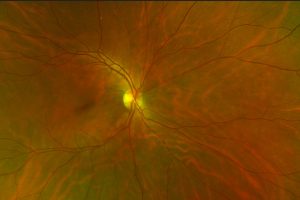
The Optomap is the only test that captures more than 80% of your retina in one panoramic image. The unique optomap ultra-wide view helps detect early signs of retinal disease more effectively and efficiently than with traditional eye examination alone. The test is fast and pain-free and nothing touches your eye.
OPENING HOURS
| Monday – Friday | 9:00 – 5:30 |
| Saturday | 9:00 – 4:00 |
| Sunday | Closed |
LOCATION
Harrow Practice
Northwood Practice

NEWS
Coloured contact lenses
Coloured contact lenses make the perfect addition to any fancy [...]
Help your child feel good in glasses!
As a child getting glasses can be a big change. [...]
How to look after your eyes this winter
The cold weather can really take its toll on your [...]
How to look after your contact lenses
In our last post, we told you how to insert [...]
Testimonials
MAKE AN APPOINTMENT
Sub text goes hereUnte venderios re, inciis ullorera et excea con ped modis et haria vellamusanim autam eturion cum laccust otatibus veria pel eat aut quod eum corempo rererferspit eos


